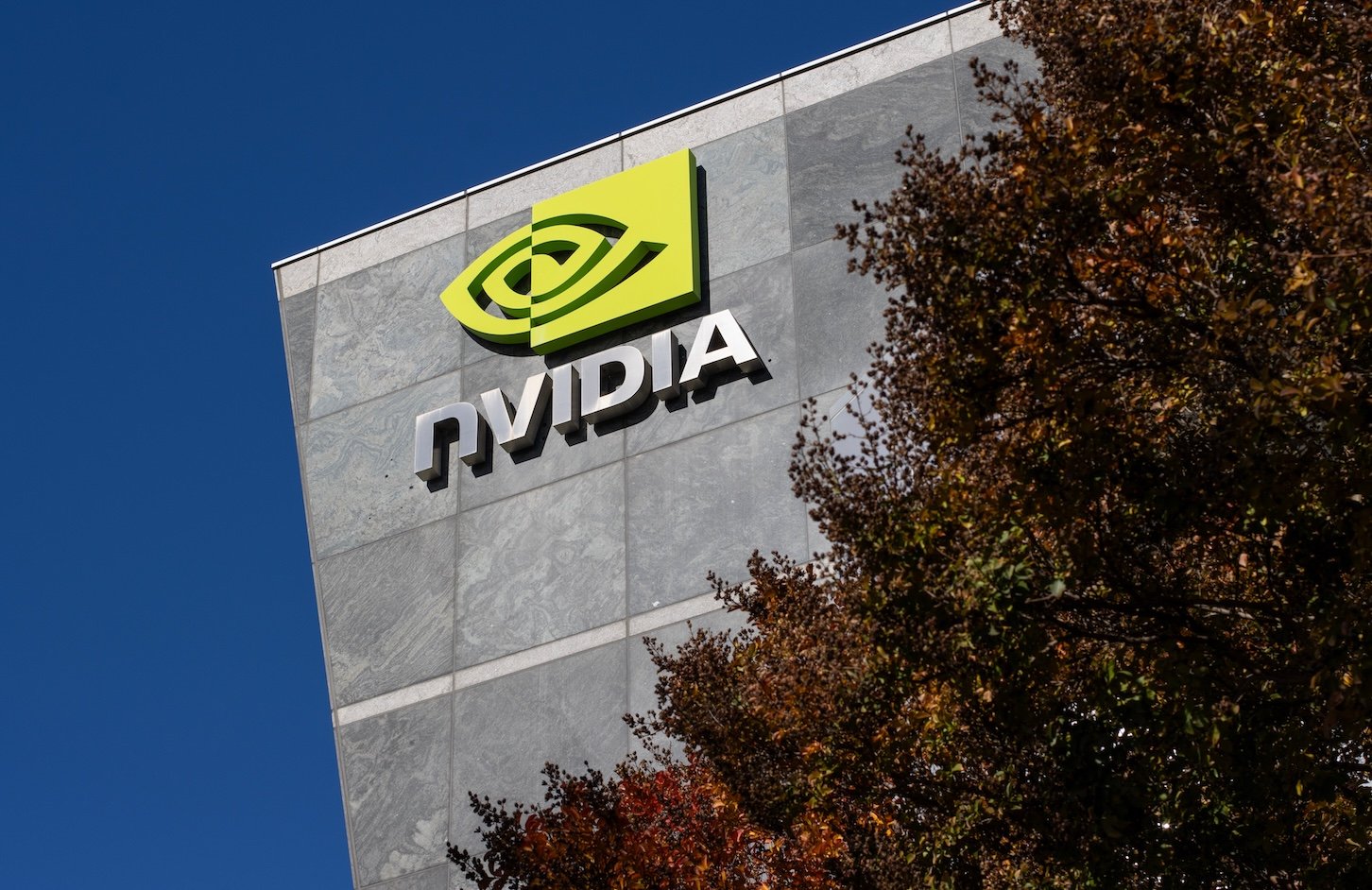Last week I published fresh benchmarks showing how AMD’s EPYC 4005 series for budget servers can outperform the original EPYC 7601 flagship processor when EPYC first launched during the Zen 1 period. Even with lower core counts and fewer memory channels, the modern EPYC 4005 “Grado” processors were able to outpace that original EPYC “Naples” flagship processor from 2017. With carrying out the fresh re-testing of the AMD EPYC 7601 on a modern 2025 Linux software stack, in today’s article is a look at how the EPYC 7601 Zen 1 performance compares to the EPYC 9005 “Turin” series with today’s flagship EPYC 9755 and EPYC 9965 processors.
With having the Tyan Transport SX TN70A-B8026 2U server powered up with the EPYC 7601 and carrying out fresh Linux performance/power benchmarks on it using the latest Ubuntu 25.04 software stack, following the EPYC 4005 Grado comparison I decided to run tests showing how the performance is against the EPYC 9005 “Turin” series for those latest premium server processors from AMD.
The AMD EPYC 7601 launched back in June 2017 with 32 cores / 64 threads, a 2.2GHz base clock, 2.7GHz boost clock, 64MB L3 cache, eight channel DDR4-2666 memory support, and 180 Watt TDP. With the EPYC 9005 “Turin” series that premiered last year, the EPYC 9755 as the flagship model with all classic cores is 128 cores / 256 threads, 2.7GHz base clock, 4.1GHz boost clock, 512MB L3 cache, twelve channel DDR5-6000/6400 support, and a 500 Watt TDP.
Besides the EPYC 9755 as the flagship classic core Turin processor, the EPYC 9965 was also re-tested as the highest core count Turin CPU made up of the dense Zen 5C cores. The EPYC 9965 as a reminder has192 cores / 384 threads, 2.25GHz base clock, 3.7GHz boost clock, 384MB L3 cache, and twelve channel DDR5-6000/64000 memory support, and at a 500 Watt TDP.
The EPYC 7601 and EPYC 9755 / 9965 processors were tested under Ubuntu 25.04 with the Linux 6.14 kernel and GCC 14.2 compiler for representing a modern 2025 open-source Linux software stack.
While the Naples vs. Grado comparison featured both CPU power and total system power metrics, for this comparison it was limited to just the performance and CPU socket power consumption. The EPYC 7601 was again tested from the Tyan 2U server platform while for the EPYC 9005 series testing was on the AMD Volcano reference server. Reference server platforms from the likes of AMD and Intel aren’t intended for power evaluation due to the lack of power management / fan tuning and the like really not making it applicable for comparison to retail OEM/ODM servers. And the Volcano server being a dual socket server platform while for this testing just one socket was populated. So due to those factors and not having a 500W 1P EPYC 9005 server platform for more fairly comparing to the Tyan EPYC Naples server, just the CPU power consumption was being compared for this article and not the total “wall power” numbers.
Both the EPYC Naples and EPYC Turin servers were running with system memory at the maximum rated speed and number of memory channels for each platform. The same NVMe SSD storage was used on both servers in aiming to compare the CPU performance.
Let’s see how the performance and power efficiency is comparing the original AMD EPYC flagship processor eight years ago to today’s EPYC 9755 and EPYC 9965 server processors.










